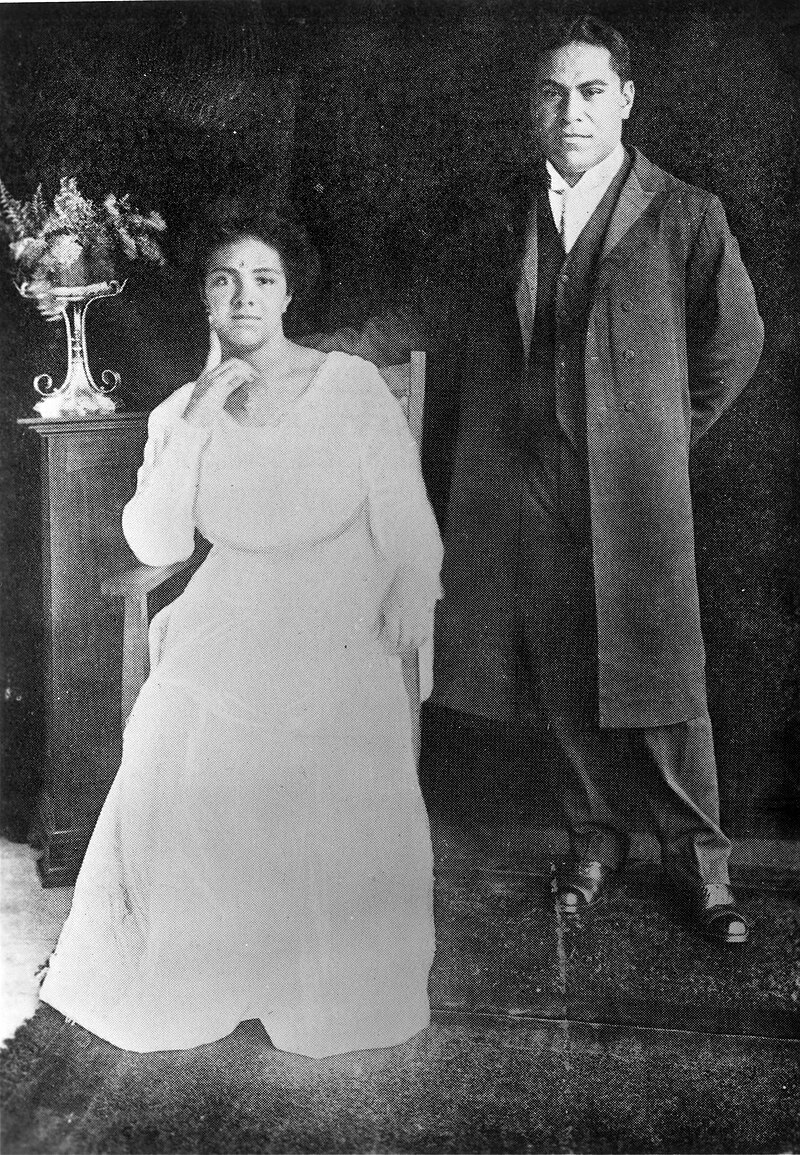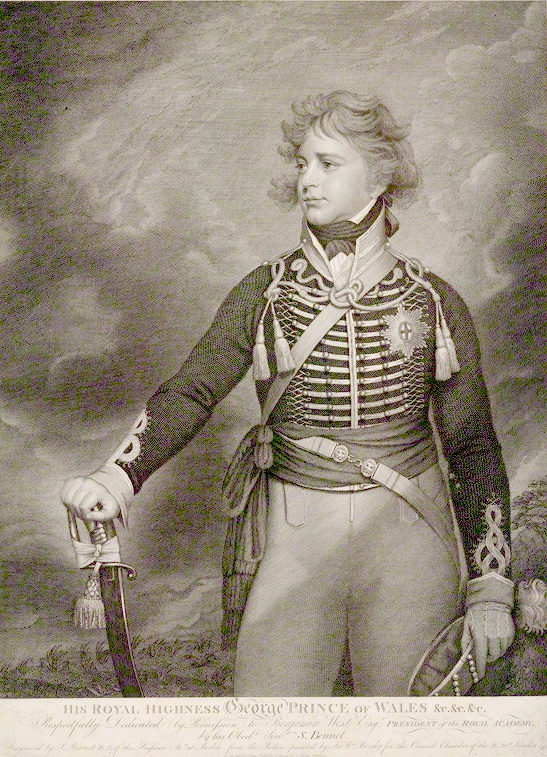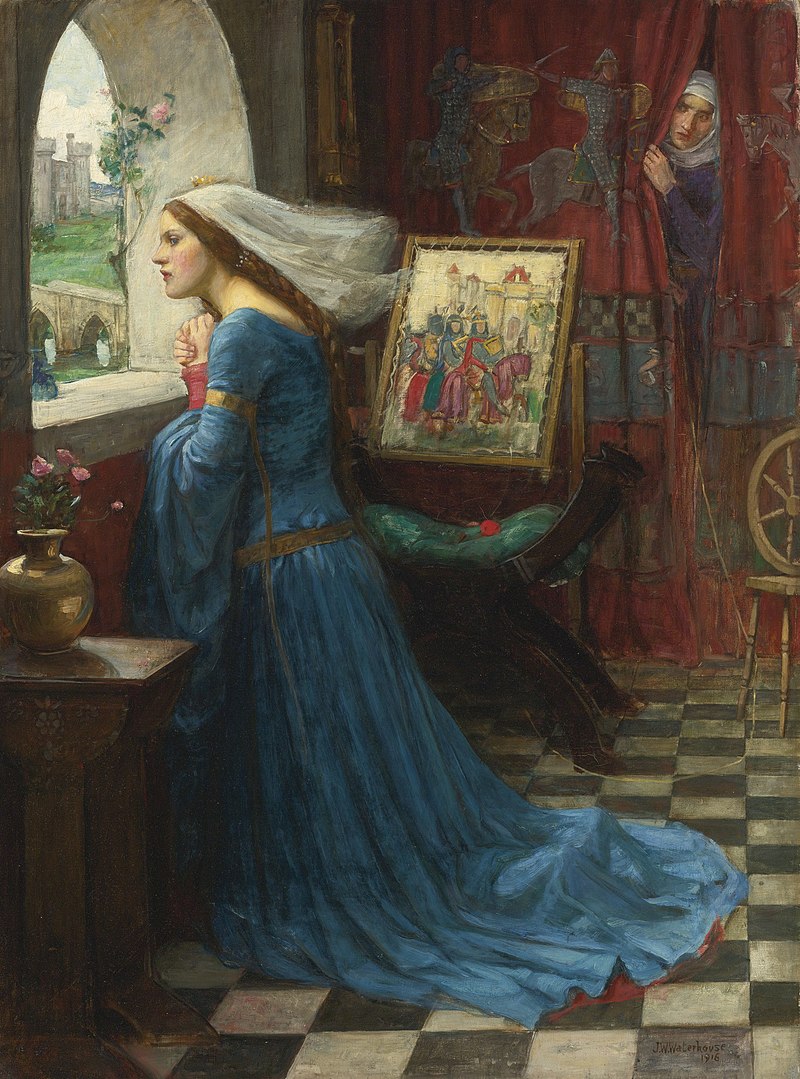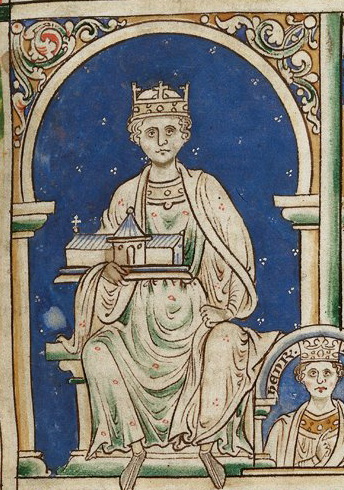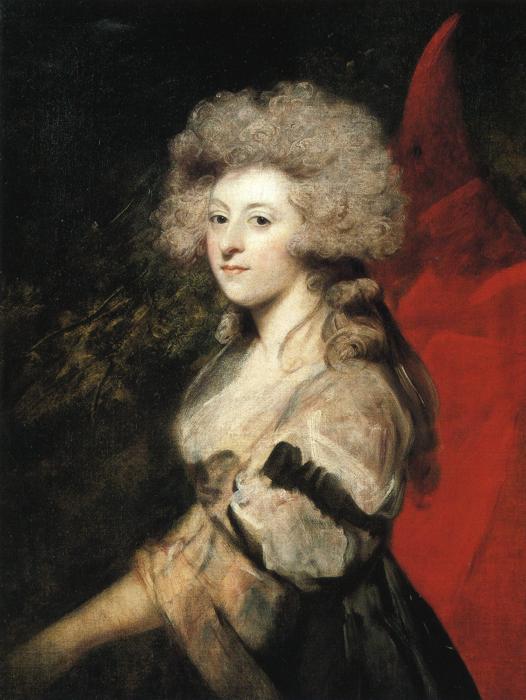by Susan Flantzer © Unofficial Royalty 2020
Kingdom of Tonga: Tonga consists of 169 islands, of which 36 are inhabited, in the south Pacific Ocean, about 1,100 miles/1,800 kilometers northeast of New Zealand’s North Island.
Tonga has long been a monarchy and by the 12th century, Tonga and its Paramount Chiefs had a strong reputation throughout the central Pacific Ocean. Tonga became a kingdom in 1845 and has been ruled by the House of Tupou. From 1900 to 1970, Tonga had a protected state status with the United Kingdom which looked after its foreign affairs under a Treaty of Friendship.
The order of succession to the throne of Tonga was established in the 1875 constitution. The crown descends according to male-preference cognatic primogeniture – a female can succeed if she has no living brothers and no deceased brothers who left surviving legitimate descendants.
*******************

King George Tupou V of Tonga; Credit – Wikipedia
The eldest of the four children of King Tāufaʻāhau Tupou IV of Tonga and Halaevalu Mataʻaho ʻAhomeʻe, King George Tupou V of Tonga was born on May 4, 1948, in Tongatapu, Tonga. George Tupou’s father became King of Tonga upon the death of his mother Queen Sālote Tupou III in 1965, and George Tupou was appointed Crown Prince of Tonga on May 4, 1966, his 18th birthday.
George Tupou had three younger siblings:
- Princess Royal Salote Mafileʻo Pilolevu Tuita (born 1951), married Siosaʻia Maʻulupekotofa, Lord Tuita of ʻUtungake, had four daughters
- Prince Fatafehi ʻAlaivahamamaʻo Tukuʻaho (1953 – 2004), married (1) Heimataura Seiloni, a commoner so he was stripped of his royal titles, his wife died in 1985 (2) Alaile’ula Poutasi Jungblut, had four children
- King Tupou VI (born 1959), married Nanasipauʻu Tukuʻaho, daughter of Baron Vaea, a former Prime Minister of Tonga, had one daughter and two sons
Embed from Getty Images
Studying in England in 1967
George Tupou attended King’s School, a primary school for boys in Auckland, New Zealand, and then King’s College, an independent secondary boarding and day school also is Auckland. He then attended The Leys School, a co-educational independent school in Cambridge, England before beginning his studies at the University of Oxford in Oxford, England. When George Tupou graduated from the Royal Military Academy Sandhurst in England in 1968, his parents attended his passing out parade.
Embed from Getty Images
King Taufa’Ahau Tupou IV and Queen Halaevalu Mata’Aho ‘Ahome’E with their son Prince George Tupou at the prince’s passing-out parade from the Royal Military Academy Sandhurst, December 9, 1968
After he completed his education, Geoge Tupou returned to Tonga and began a career in public service. In 1979, his father appointed him Minister of Foreign Affairs and Defense, a position he held until 1998. George Tupou never married, however, he had an illegitimate daughter ʻIlima Lei Fifita Tohi, born in 1974.
On September 10, 2006, 88-year-old King Tāufaʻāhau Tupou IV of Tonga died and his son George Tupou became the King of Tonga. King Tāufaʻāhau Tupou IV had been an absolute monarch and resisted ceding any power during his forty-one-year reign. After his death, rioters, unhappy with the lack of a path toward democracy, took to the streets and destroyed the center of the capital, Nuku’alofa. George Tupou’s coronation was postponed until mid-2008 to allow for the rebuilding of Nuku’alofa.
Embed from Getty Images
Queen Elizabeth II greets King George Tupou V of Tonga during a private meeting at Buckingham Palace, December 18, 2007
King George Tupou V is known for introducing democracy to Tonga. During his accession to the throne and his coronation, George Tupou and his advisors put together a framework for sweeping political reforms. Three days before the coronation ceremony, King George Tupou V announced he was ceding most of his executive powers to a democratically elected parliament. The parliament would be responsible for much of the day-to-day running of the country and the king would remain the head of state and retain the right to veto laws, decree martial law, and dissolve parliament. In November 2010, the citizens of Tonga voted for their first democratically elected parliament, making Tonga a constitutional monarchy. On the eve of the election, King George Tupou V said that “in future, the sovereign shall act only on the advice of his prime minister.”
Embed from Getty Images
The traditional Tongan ceremony held on July 30, 2008
After a traditional Tongan ceremony on July 30, 2008, a second, European-style coronation ceremony took place on August 1, 2008, in the Centennial Chapel in Nuku’alofa, Tonga’s capital, attended by 1,000 guests including the Duke and Duchess of Gloucester representing Queen Elizabeth II of the United Kingdom, Crown Prince Naruhito of Japan, Prince and Princess Hitachi of Japan, Princess Maha Chakri Sirindom of Thailand, Hassanal Bolkiah, Sultan of Brunei and New Zealand Prime Minister Helen Clark.
The Anglican Archbishop of Polynesia Jabez Bryce invested George Tupou V with the Tongan regalia – the ring, scepter, and sword – and placed the Tongan Crown on the monarch’s head. Interestingly, one of the Coronation Anthems, George Friedrich Handel composed for the coronation of King George II of Great Britain, the rousing Zadok the Priest which has been played at every British coronation ever since, was performed at King George Tupou V’s coronation by the Royal Maopa Choir in the Tongan language. The video below shows the performance and has some views of the king and the church.
On March 18, 2012, King George Tupou V, aged 63, died at Queen Mary Hospital in Pok Fu Lam, Hong Kong. He was succeeded by his brother King Tupou VI. King George Tupou V had undergone surgery in September 2011 to remove a kidney following the discovery of a tumor and it is believed his death was caused by cancer.
Embed from Getty Images
The royal standard draped casket of King George Tupou V is carried from the Royal Palace to Malaʻekula, the royal burial grounds
On March 27, 2012, the state funeral and burial were held at Malaʻekula, the royal burial grounds in Nukuʻalofa, Tonga. Guests at the funeral included the Duke of Gloucester representing Queen Elizabeth II of the United Kingdom, Prince and Princess Hitachi of Japan representing Emperor Akihito, President of Fiji Epeli Nailatikau, Governor-General of Australia, Quentin Bryce, and the Governor-General of New Zealand, Jerry Mateparae.

The Kings Road from the Royal Palace to Malaʻekula, with the tombs in the background; Credit – By Tauʻolunga – Own work, CC BY-SA 3.0, https://commons.wikimedia.org/w/index.php?curid=2088528
Works Cited
- Bangkok Post. 2012. Tongans Bid Farewell To Their Visionary Late King. [online] https://www.bangkokpost.com. Available at: <https://www.bangkokpost.com/world/286191/elaborate-funeral-bids-farewell-to-late-tongan-king> [Accessed 8 September 2020].
- BBC News. 2012. Tonga’s King Tupou V Dies At 63. [online] Available at: <https://www.bbc.com/news/world-asia-17420114> [Accessed 8 September 2020].
- En.wikipedia.org. 2020. George Tupou V. [online] Available at: <https://en.wikipedia.org/wiki/George_Tupou_V> [Accessed 8 September 2020].
- Fr.wikipedia.org. 2020. George Tupou V. [online] Available at: <https://fr.wikipedia.org/wiki/George_Tupou_V> [Accessed 8 September 2020].
- Nytimes.com. 2012. King George Tupou V, Political Reformer Of Tonga, Dies At 63. [online] Available at: <https://www.nytimes.com/2012/03/20/world/asia/king-george-tupou-v-leader-of-tonga-dies-at-63.html?ref=oembed> [Accessed 8 September 2020].
- The Guardian. 2012. King George Tupou V Of Tonga Obituary. [online] Available at: <https://www.theguardian.com/world/2012/mar/26/king-george-tupou-v-of-tonga> [Accessed 8 September 2020].
- The Independent. 2012. King George Tupou V: Reformer Who Brought Democracy To Tonga. [online] Available at: <https://www.independent.co.uk/news/obituaries/king-george-tupou-v-reformer-who-brought-democracy-to-tonga-7582576.html> [Accessed 8 September 2020].





